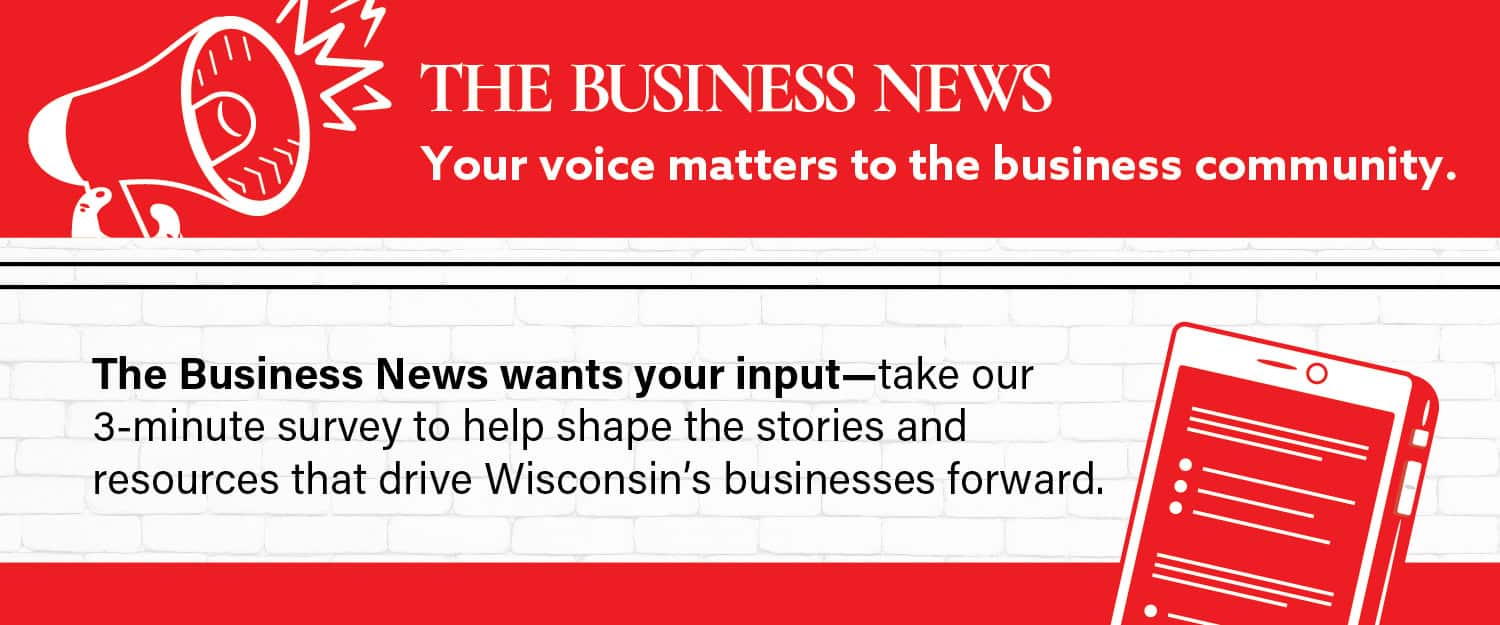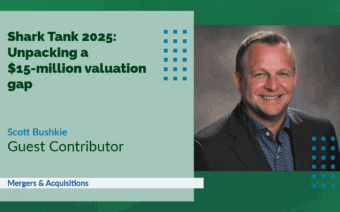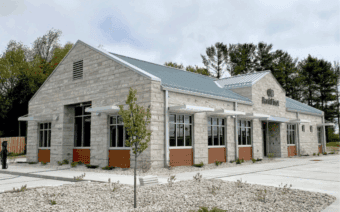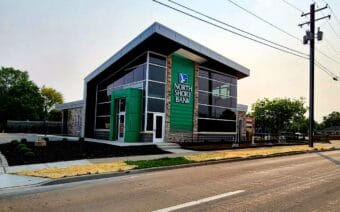
February 21, 2024
DE PERE — The U.S. economy is producing a lot of mixed signals, making it a challenge to predict when the Federal Reserve will lower interest rates — this is according to St. Norbert College (SNC) economist Marc Schaffer.
Schaffer — a professor of data analytics and economics at SNC and director of the Center for Business Economics & Analytics (CBEA) — along with several CBEA student research fellows presented a detailed analysis of economic conditions during the college’s annual State of the Economy Event held earlier this month.
“The Fed’s task is to keep inflation and unemployment low, which is a challenge,” Schaffer said. “The labor market remains resilient and inflation is coming down, which looks like the Fed will manage a soft landing. But, the economy has some mixed signals. Overall, though, the likelihood of a recession continues to lessen as we go further into 2024.”

Marc Schaffer
At the event, Schaffer said economic growth rose 2.5% in 2023, which signals optimism in the economy.
He noted though the odds of a recession have decreased, he said there will likely be slower economic growth in 2024 as consumer spending may soften along with corporate investments.
Schaffer said inflation remains the dominant factor in the economy.
Coming out of the COVID-19 pandemic, Student Research Fellow Evan Glaser said inflation soared as product demand outstripped supply.

Evan Glaser
Since then, he said it has been “stubborn” to get it down.
Glaser said inflation growth slowed in 2023, but much of that was due to lower energy prices. But while energy costs declined, he said other areas saw large price hikes, such as automotive insurance, which increased 20.6%.
“Overall, inflation is staying in the 3% range, which is above the 2% Fed target and perhaps slowed economic activity could drop it below 3% in 2024,” he said. “We will have to see what potential falling interest rates do.”
David Vandenberg, a student CBEA research fellow, touched on consumer spending — noting it has been a strength in recent years, keeping the economy humming as the nation emerged from the pandemic.

David Vandenberg
“Spending on services, such as restaurants and travel, rebounded in 2021 and 2022,” he said. “As the possibility of a soft landing increases, people are feeling better about the economy.”
Student Research Fellow Elizabeth Phipps said as consumers increase spending, they are taking on additional debt due to inflation and the resumption of student loan payments in October 2023.
“More consumers are relying on their credit cards to keep up with inflation,” she said. “For those with college debt, they have less money in the bank, which means they have less money to spend. Consumers with diminished savings, slowed wage gains and falling pent-up demand are showing early signs of stress.”
Phipps said credit card delinquency rates are also on the rise, especially among millennials and those repaying college debt.

Elizabeth Phipps
“Those ages 18-29 are dealing with higher rents and other costs, as well as making debt payments,” she said. “I think we haven’t seen the full effect yet of unpausing student loan payments. That may add more financial stress to the consumer sector in 2024.”
Though consumer spending is higher, Vandenberg said commercial construction spending is down, as many businesses decide not to invest in new buildings.
“It’s hard to get employers to invest in new construction when more people want to work from home,” he said. “The same goes for retailers, as consumers still want to shop online and enjoy that convenience.”
Glaser said savings rates — which were at their highest in 2020 due to the COVID-related federal stimulus checks — are now about 3.7%, which is lower than the long-term average of 8.49%, showing fewer people have money on hand for emergencies.
The savings rate, he said, is the ratio of personal savings to disposable personal income.
Overall, Glaser said the job market remains strong, but when you take a closer look, there are a few areas of concern.
For example, he said, the overall unemployment rate is about 3.7%, but for people without a high school degree, their unemployment rate is 6%.
Glaser said fewer people are quitting a job without another one lined up.
“Some groups are feeling the softness in the job market more than others,” he said. “Going into 2024, the number of job openings is down slightly. There are still more job openings than the number of total people unemployed, but the gap is narrowing.”
Location, Glaser said, also matters.
Though Wisconsin and the Midwest are below the national unemployment average, he said Nevada, California, Illinois and other states are above the average.
As for areas seeing job growth, Glaser said private health care and education along with leisure and hospitality lead the way.
Information technology and transportation/warehouse jobs, he said, are on the decline.
“Wage growth is flattening a bit heading into 2024, but wage increases are keeping pace with inflation,” he said.
Student Research Fellow Sarah Scanlon said housing is another key economic sector economists are keeping a close eye on.

Sarah Scanlon
Housing activity, she said, stalled in 2023 with many activity measures, such as sales, hitting a decade-low.
Heading into 2024, Scanlon said Fed activity may “grease the wheels” and lead to more growth.
“After several years of rising home prices, they look to be coming down a bit as the number of overall housing starts is slowly increasing,” she said. “Mortgage rates remain high, but overall, consumers are more confident about the market, so I think we can expect more sales.”
The State of the Economy is presented annually by the Center for Business, Economics & Analytics of the Donald J. Schneider School of Business & Economics at SNC.
For more information, visit schneiderschool.snc.edu.
 Hi Tec Fabrication – welding dreams, seam by seam
Hi Tec Fabrication – welding dreams, seam by seam Bringing flavor straight from the hive
Bringing flavor straight from the hive








